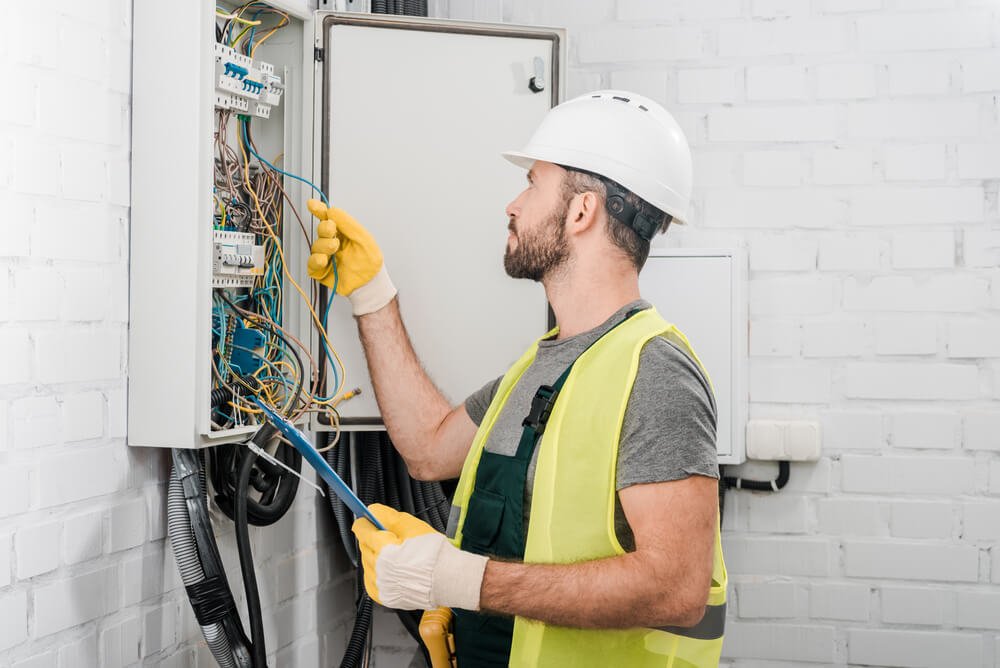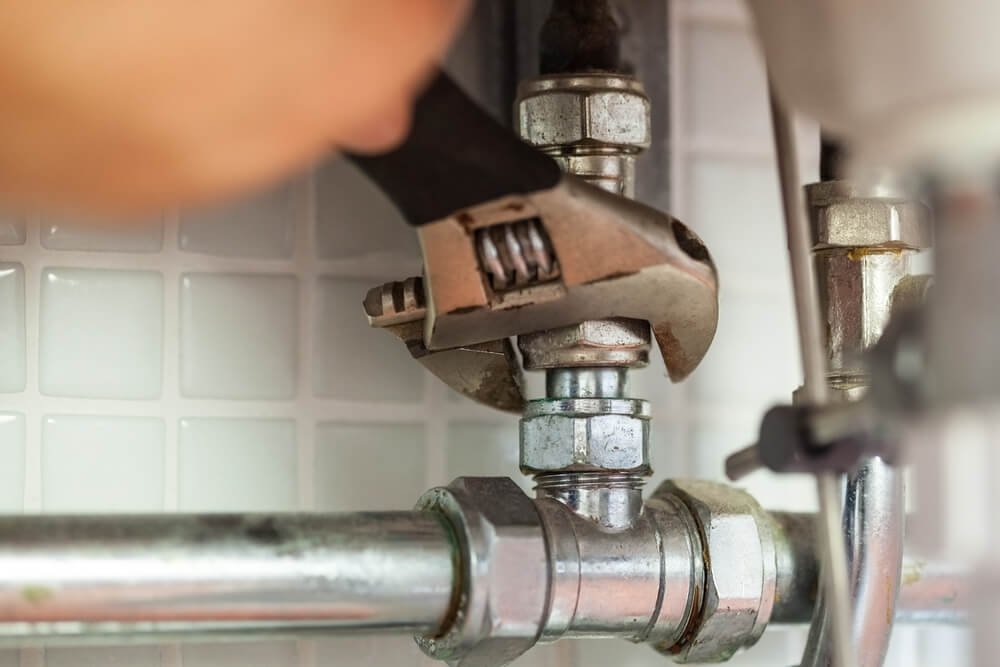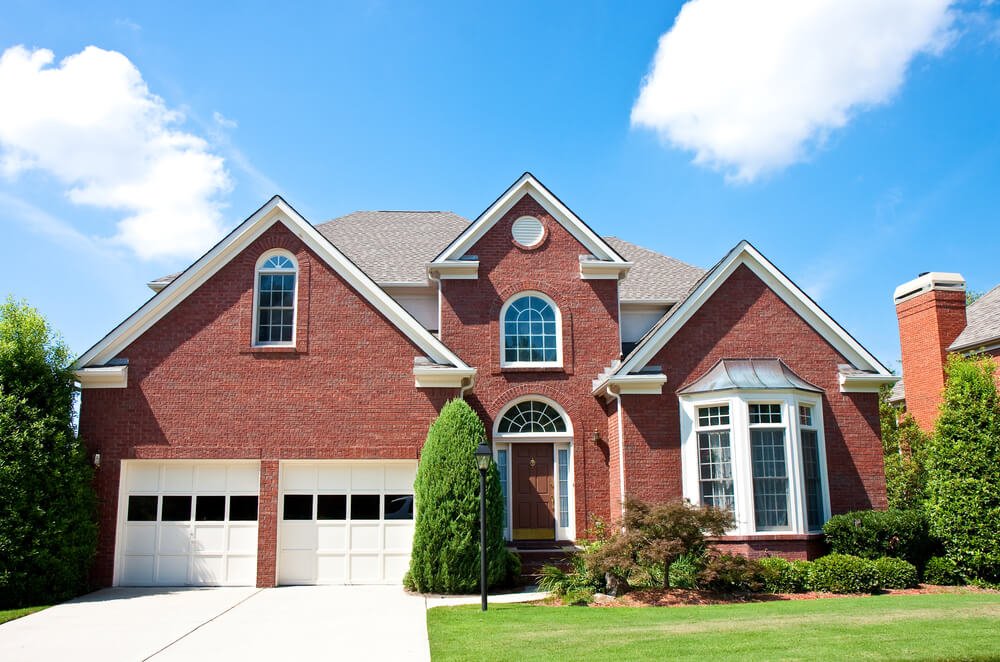
What Consumer Unit Do I Need?
Are you a homeowner thinking about the best consumer unit to adopt in your home? If yes, then this post is for you! The consumer unit depends on your property as well as the appliances available in your home, explains Theedam Electrics, a professional electrician in Hertfordshire.
So, I’m going to define what a consumer unit is, and we can kick start from there. The sole aim of a correctly installed consumer unit is for the safe production of electricity in the home. It protects the users as well as the installation from risks of faults such as electrical shocks and fire outbreaks.
What is a consumer unit?
The main aim of a consumer unit is quite simple and easy to grasp. The consumer unit controls the supply of electricity throughout a residential property.
In order to understand why you need one and what a consumer unit is, you have to follow the role of the individual component that makes up the consumer unit. There are three main components that make up the consumer unit, and they include the residual current appliances, main switch and circuit breakers.
How to use a consumer unit
As a homeowner, you should have a good understanding and a clear picture of what consumer units do, the components they use in their processes, and how they work. In order to understand all these, it is pertinent that you know how to make use of the consumer unit.
You should know that the consumer unit is not a part of your home that needs frequent/constant adjustment. Still, it is advisable that you test your consumer unit regularly in order to understand how to make use of some of its characteristics and for you to know when it develops any fault.
Below is an overview of what an average homeowner should know about the consumer unit.
Timer:
Before choosing a consumer unit for your home, you should understand some of the essential components and how to use them. Not all consumer units come with inbuilt timers, but this has become the new trend in regards to the consumer unit setup.
You don’t have to bother yourself if your consumer unit doesn’t have an inbuilt timer, you can conveniently build an external timer that’ll be fitted along the DIN rail instead of changing the whole unit because of an inbuilt timer.
You can do this yourself depending on your level of technical knowledge, though the primary instruction varies by units. Hence, you should allow a professional to handle that on your behalf.
The timer allows you to turn off circuits at intervals. Say, for example, you are going on vacation, and you want your light turned on and off at intervals, the consumer unit timer is all you need.
All you have to do is set the time you want, and the unit will do the rest. Make sure you confirm the model of the consumer unit you are using (either a 24-hour model or a 7-day model).
Main Switch:
The main switch is a standard component of the consumer unit. You can use it to turn off the supply of electricity to your home in one fell swoop. It is straightforward to use.
All you have to do is locate the main switch on the consumer unit and turn it on or off. You should note that you can have one main switch in a separate consumer unit in your home and this can be possible if you have an external unit that consumes a lot of energy.
So, make sure you test that the power has been shut down whenever you deactivate the main switch.
Types of Consumer Units
There are several types of consumer units; however, they have the same functions and have the same components. The essential purpose and parts of consumer units are the same across all makes, and yet there are different types, including:
Split Load Consumer Units:
The split load consumer unit is supplied with an RCD and the main switch. The RCBOs are the primary switch side while the MCBs are on the same side with the RCD.
Garage Consumer Units:
These are usually smaller in size. Some homes have separate consumer units for their sheds, garage, and exterior buildings. The rooms and buildings won’t require this giant type of unit since they will have different units. Instead, they will have something somewhat compact. They range from 2-5 way units.
Fully Loaded Consumer Units:
These types of units come with two RCDs and a full load of MCBs. This gives them the ability to create between 10 to 15 convenient ways. However, this type of unit does not provide a very durable and practical separation of the circuit; they are cost-effective and are not widely used.
Consumer units are mostly about what passes through them more so than what they have built-in. In other words, for you to maximally make use of electricity and have control over the flow of electricity, you need to understand the type of consumer unit you need depending on the structure of your home.





